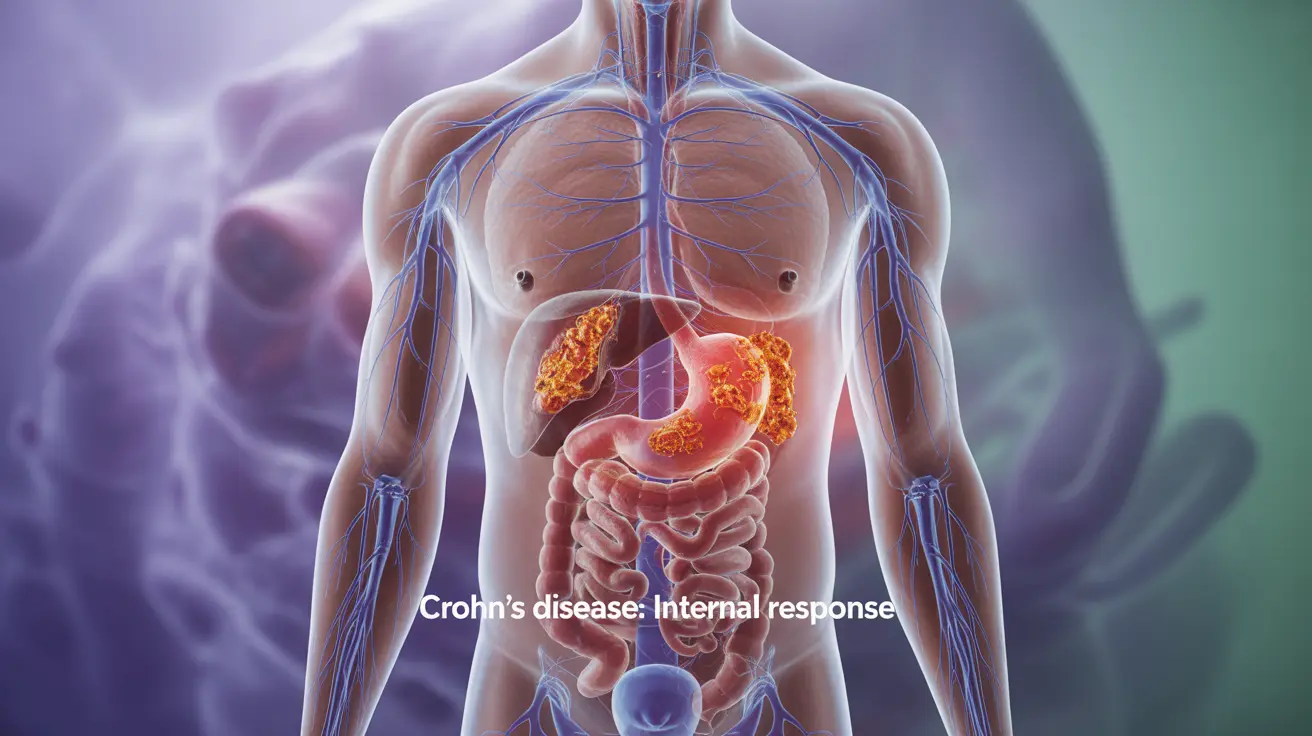Acetone poisoning is a serious medical condition that can occur when someone is exposed to dangerous levels of this common chemical compound. While acetone is found in many household products, understanding its risks and recognizing the symptoms of acetone poisoning can help prevent severe health complications and ensure prompt medical treatment when needed.
This comprehensive guide will help you identify the signs of acetone poisoning, understand its causes, and know what immediate actions to take in case of exposure. We'll also discuss prevention strategies and when to seek professional medical help.
Common Sources of Acetone Exposure
Acetone is present in numerous everyday items, making awareness of potential exposure sources crucial:
- Nail polish removers
- Paint thinners
- Household cleaning products
- Some adhesives and varnishes
- Industrial solvents
- Certain craft supplies
Key Symptoms of Acetone Poisoning
Recognizing the symptoms of acetone poisoning quickly is essential for proper treatment. Common signs include:
Immediate Symptoms
- Irritation of eyes, nose, and throat
- Headaches and dizziness
- Confusion or disorientation
- Slurred speech
- Nausea and vomiting
Severe Symptoms
- Unconsciousness
- Seizures
- Severe abdominal pain
- Rapid breathing
- Rapid heart rate
Routes of Exposure
Acetone poisoning can occur through several different pathways:
Inhalation
Breathing in acetone vapors, particularly in poorly ventilated areas, can lead to respiratory issues and systemic toxicity.
Skin Contact
Prolonged skin exposure to acetone can cause irritation and, in some cases, allow the chemical to be absorbed into the bloodstream.
Ingestion
Accidentally swallowing acetone-containing products can cause severe internal damage and systemic poisoning.
Emergency Response and Treatment
If acetone poisoning is suspected, immediate action is crucial:
- Call emergency services or poison control immediately
- Move to fresh air if inhalation occurred
- Remove contaminated clothing
- Flush affected skin with water
- Do not induce vomiting unless directed by medical professionals
Prevention Strategies
Taking proper precautions can significantly reduce the risk of acetone poisoning:
- Use products in well-ventilated areas
- Wear appropriate protective equipment
- Store products safely out of reach of children
- Read and follow all product safety instructions
- Never transfer acetone products to unmarked containers
Frequently Asked Questions
- What are the main symptoms of acetone poisoning I should watch for?
The main symptoms include headache, dizziness, confusion, nausea, rapid breathing, eye and throat irritation, and in severe cases, unconsciousness or seizures. If you notice any of these symptoms after acetone exposure, seek immediate medical attention.
- How does acetone poisoning happen, and what everyday products contain acetone?
Acetone poisoning typically occurs through inhalation, skin contact, or ingestion. Common products containing acetone include nail polish removers, paint thinners, some cleaning products, and certain adhesives. Always check product labels and handle these items with care.
- What should I do right away if someone swallows or inhales acetone?
Immediately call emergency services or poison control. Move the person to fresh air if they inhaled acetone, and do not induce vomiting if they swallowed it. Remove any contaminated clothing and flush exposed skin with water while waiting for medical help.
- Can acetone poisoning be treated at home, or do you always need medical help?
Acetone poisoning requires professional medical attention and should not be treated at home. While waiting for emergency services, you can take initial steps like moving to fresh air or flushing exposed areas with water, but proper medical evaluation and treatment are essential.
- How can I prevent acetone poisoning when using household products?
Prevent acetone poisoning by using products in well-ventilated areas, wearing protective gear like gloves and masks when appropriate, keeping products out of children's reach, and carefully following all safety instructions on product labels.




